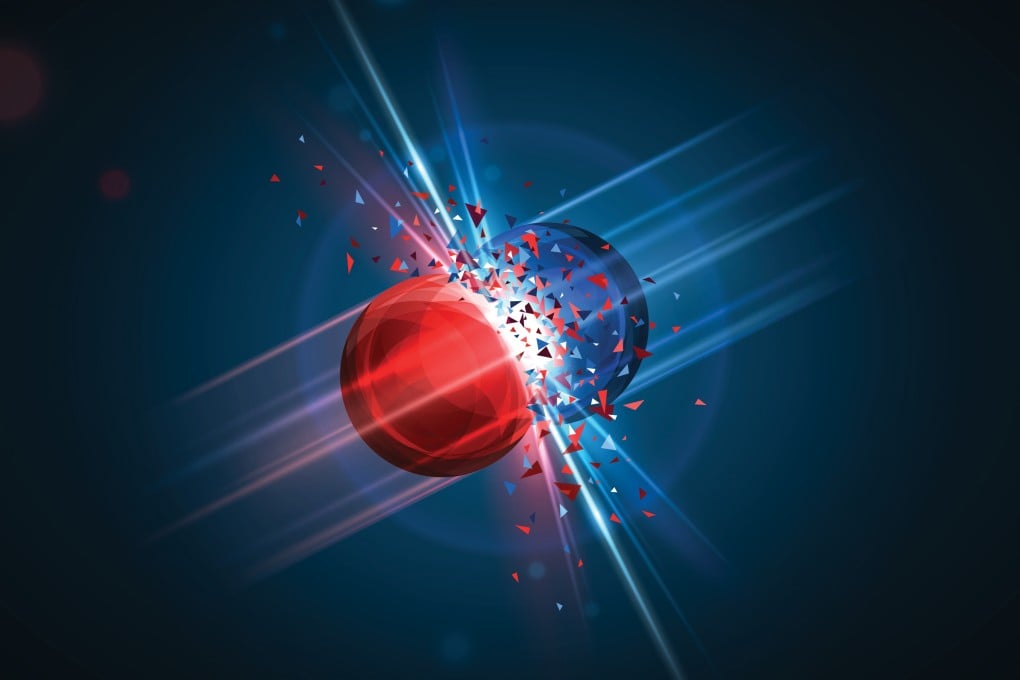Advertisement
Did scientists just find the first ever glueball using Beijing’s particle collider?
- After experiments at the Beijing Electron Positron Collider, physicists discovered particle X(2370) which they think may be a glueball
- If it is the long-theorised glueball – a particle made entirely of gluons – it would go a long way to backing up the Standard Model
Reading Time:2 minutes
Why you can trust SCMP
1

Ling Xinin Ohio
An international team has found the strongest evidence yet for the existence of a theorised particle known as the “glueball”.
If confirmed, it could be the most exciting discovery in particle physics since the detection of the Higgs boson in 2012, and score another victory for the Standard Model, which is the best theory to describe the basic building blocks of the universe.
According to the Standard Model, glueballs consist entirely of gluons – a massless, “sticky” particle that bonds quarks together to form protons, neutrons and other components of matter in an interaction known as the strong nuclear force.
They are not only unique as the only particles made of pure force, but also elusive – no one has ever seen or detected one before.
Now, using the Beijing Electron Positron Collider, scientists have discovered the strongest candidate to date of a glueball – a particle named X(2370).
After using the collider to smash electrons and their antiparticles into each other at close to the speed of light, researchers then sifted through an enormous amount of data containing more than 10 billion collision samples before examining X(2370) closely.
Advertisement
Select Voice
Choose your listening speed
Get through articles 2x faster
1.25x
250 WPM
Slow
Average
Fast
1.25x